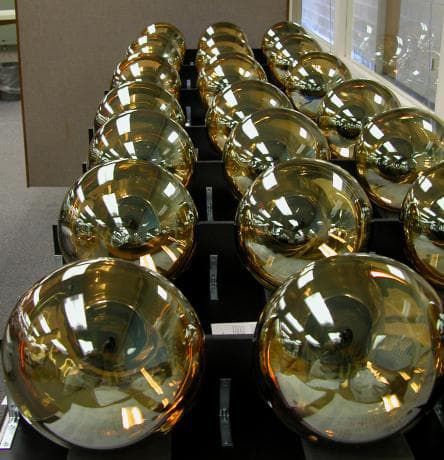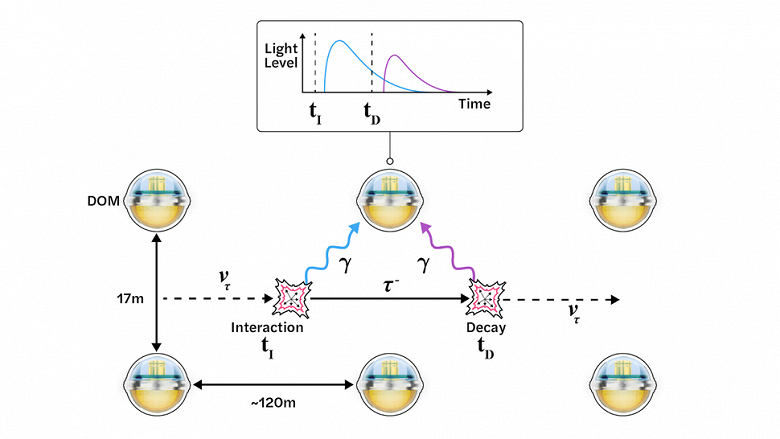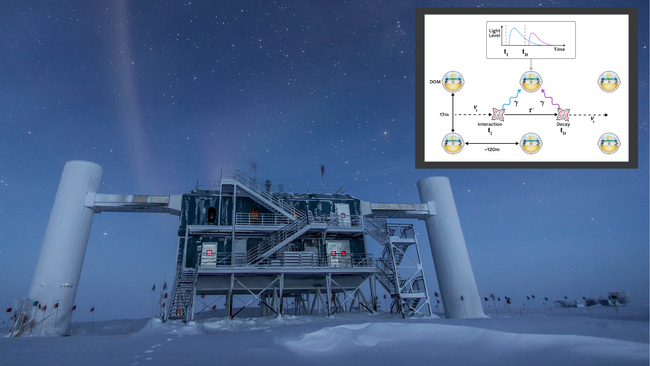A new approach to archival data reveals seven promising candidates
Astronomers using the IceCube neutrino observatory have discovered seven candidates for “ghost particles” streaking through the Earth. The signals suggest that these particles are tau neutrinos.
Neutrino – These are particles with no charge and virtually no mass that travel at speeds close to the speed of light. Because of these parameters, neutrinos practically do not interact with other particles, so they are called «ghost particles».
High-energy neutrinos from cosmic sources at the edge of the Milky Way are called «astrophysical neutrinos». They are divided into three types: electron neutrinos, muon neutrinos and tau neutrinos. All these phantom particles are very difficult to detect, but the task of IceCube – exactly this. In 2013, the observatory first detected astrophysical neutrinos, and now appears to have detected astrophysical tau neutrinos.
«The discovery of seven candidate tau neutrino events suggests that it is extremely unlikely that the vons "conspired to create seven impostors" tau neutrino», – says Doug Cowan, co-author of the study.
To detect neutrinos passing through the Earth, IceCube uses strings of digital optical detectors, DOMs, in the ice. The observatory has 5,160 such DOMs that wait for neutrinos to interact with ice molecules and produce charged particles. When charged particles pass through ice, DOMs detect Cherenkov radiation.

Astrophysical tau neutrinos interact with ice molecules and produce characteristic radiation, including a double cascade event manifested by two peaks that detect the DOM.
IceCube had previously picked up hints of tau neutrino signals, but Cowan and his colleagues sought more precise data. Other types of neutrinos can be detected using IceCube in real time, but the facility is currently unable to detect tau neutrinos on the fly. Instead, the hunt for these «space ghosts» requires analysis of archival data. The team trained neural networks optimized for image classification to «sift» nearly 10 years of data collected by IceCube from 2011 to 2020 and find signatures of tau neutrinos. This is what led to the discovery of seven candidate tau neutrinos.
The team acknowledges that these detections may be the result of misidentification, but Cowan explained that the chance of this happening is only 1 in 3.5 million.

The current study used data from only three detector chains, but future analyzes will rely on archives from more detectors. This will not only increase the sample size, but will also help provide the first-ever study of three generations of neutrino oscillations. This is the phenomenon of neutrino changes. Understanding neutrino oscillations may be key to determining the origin of these “ghost particles”, their sources and the reason for the transition to subsequent generations.

